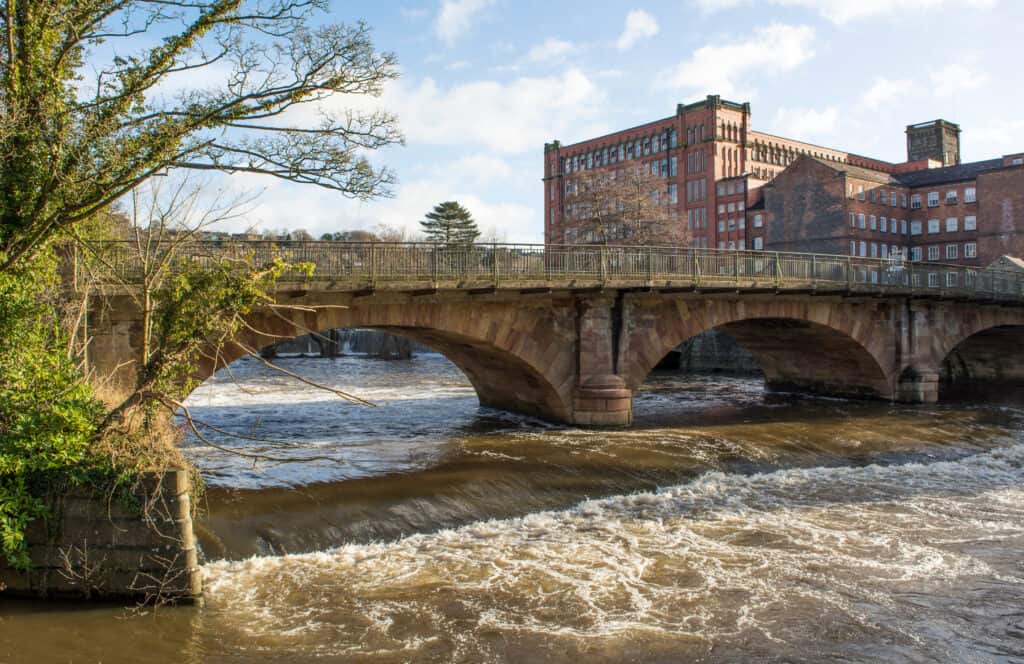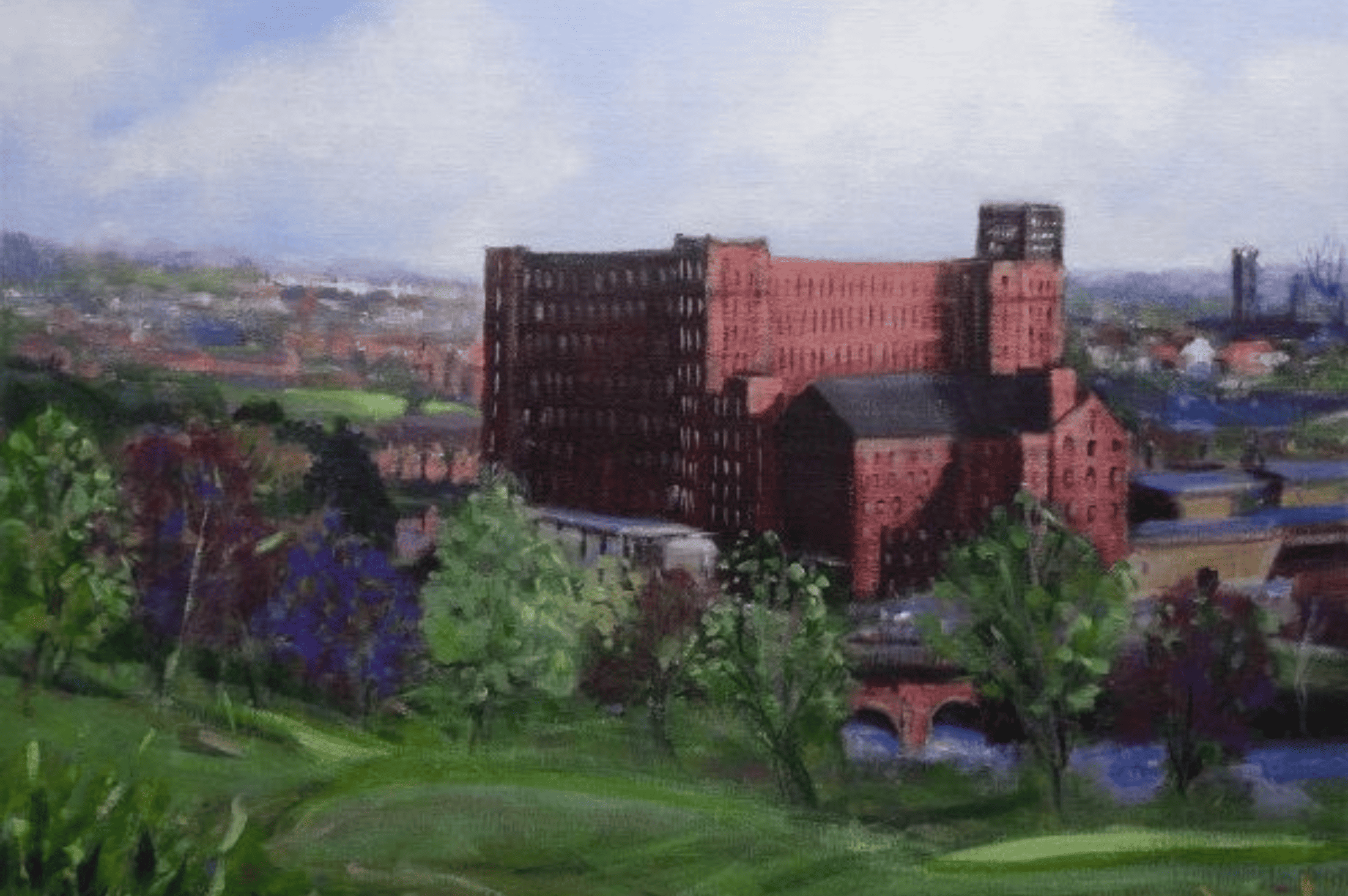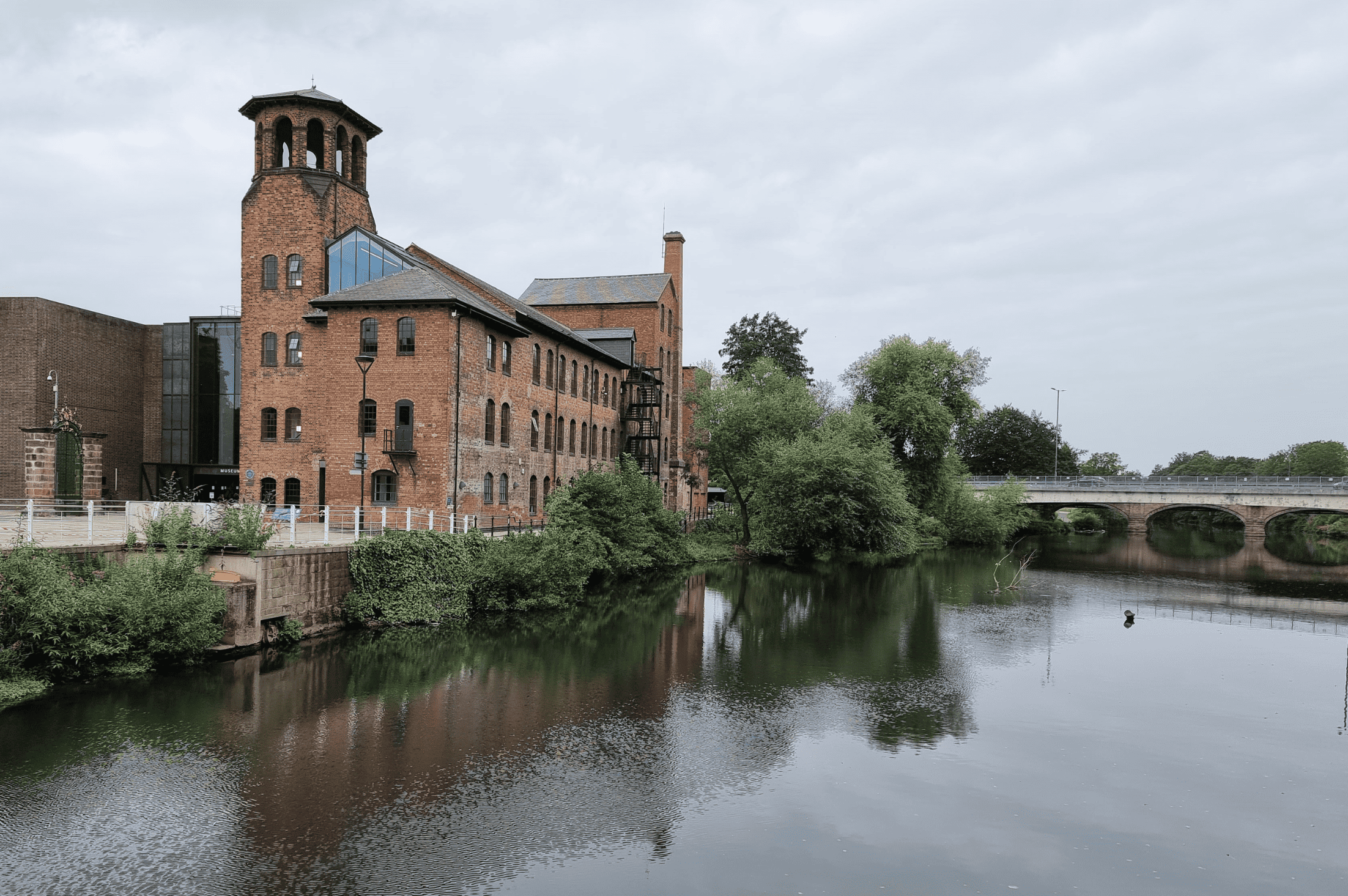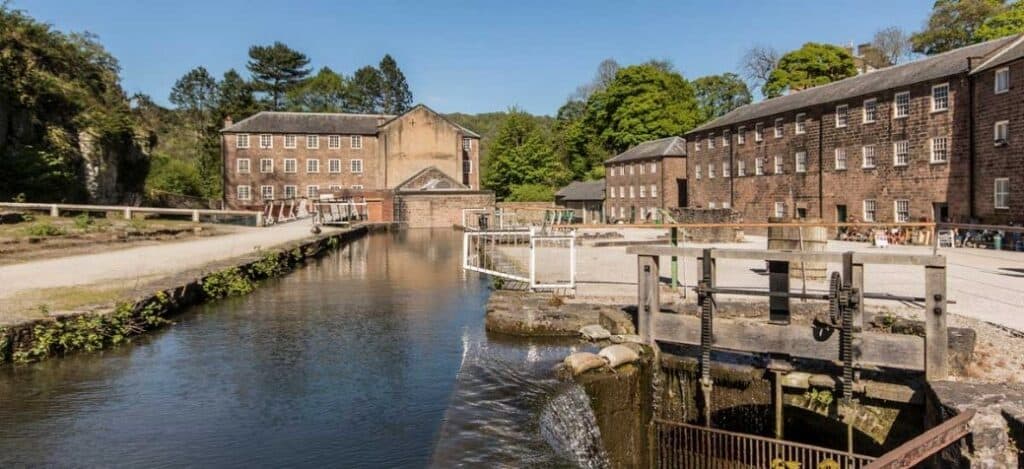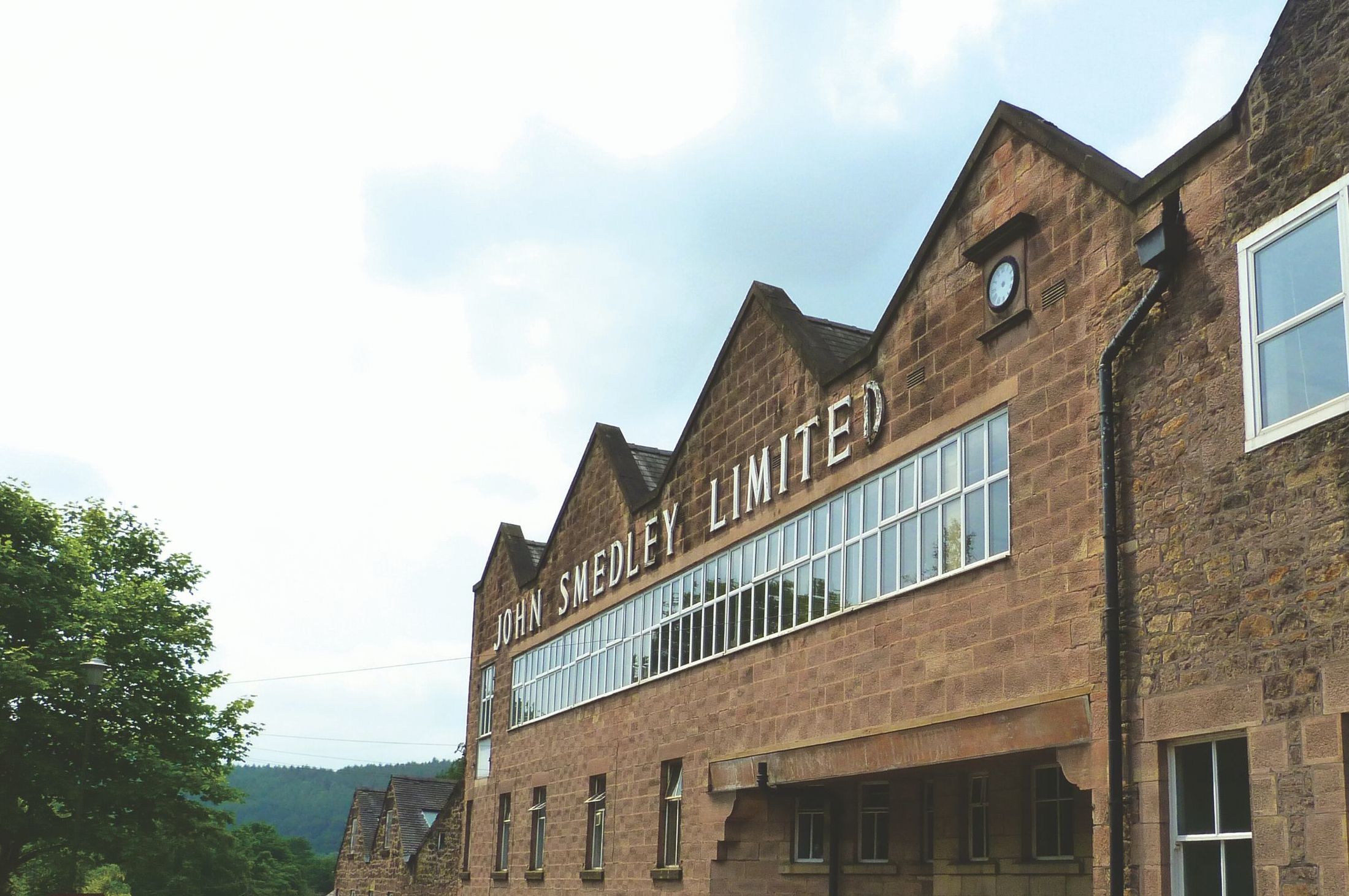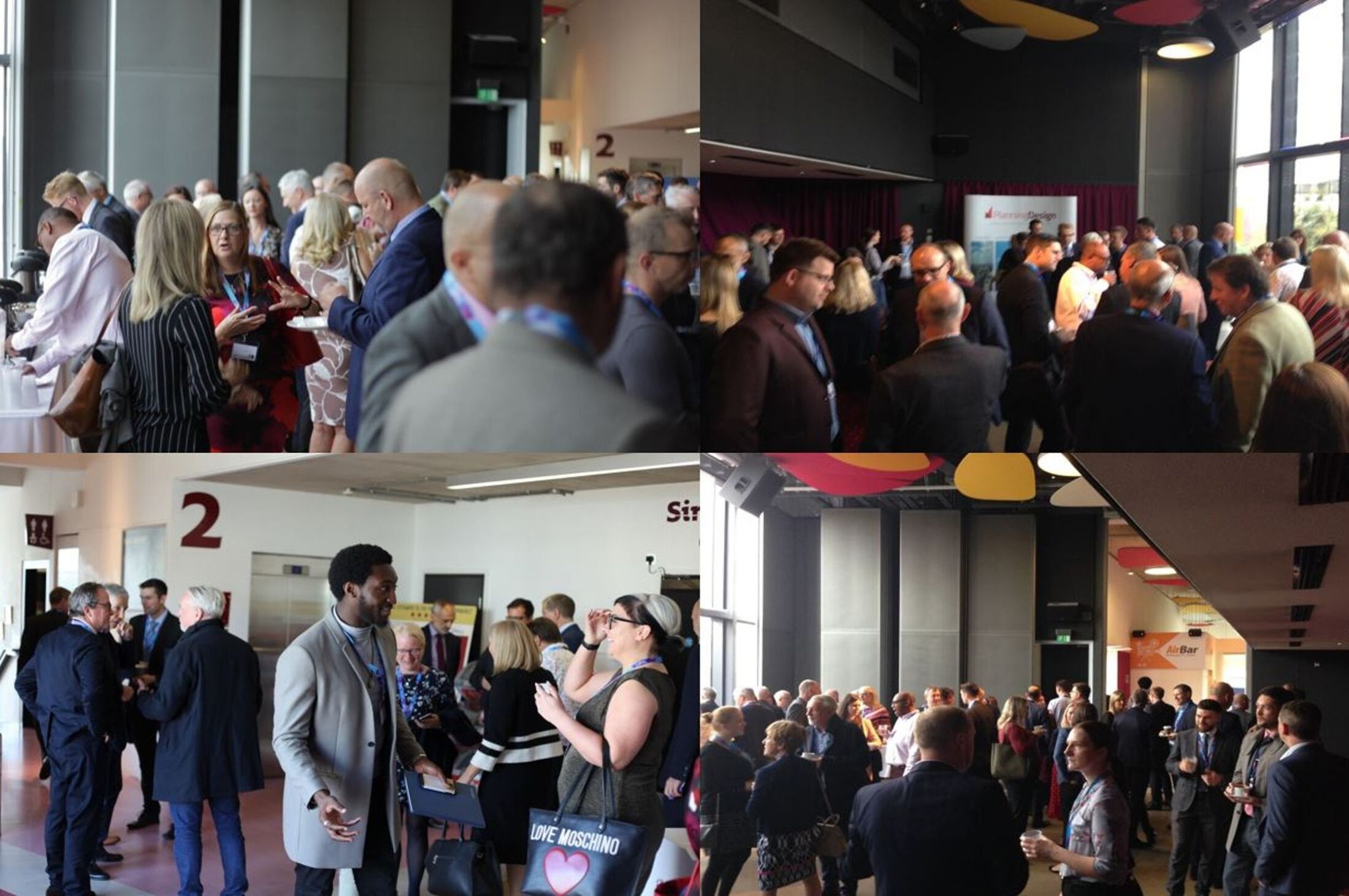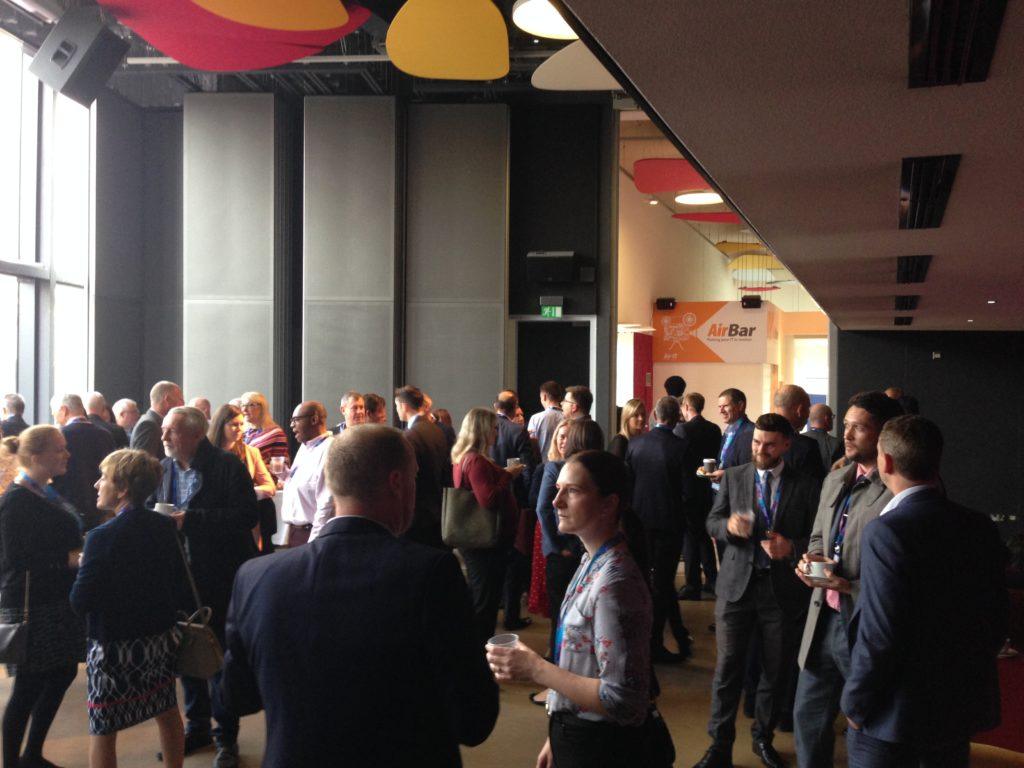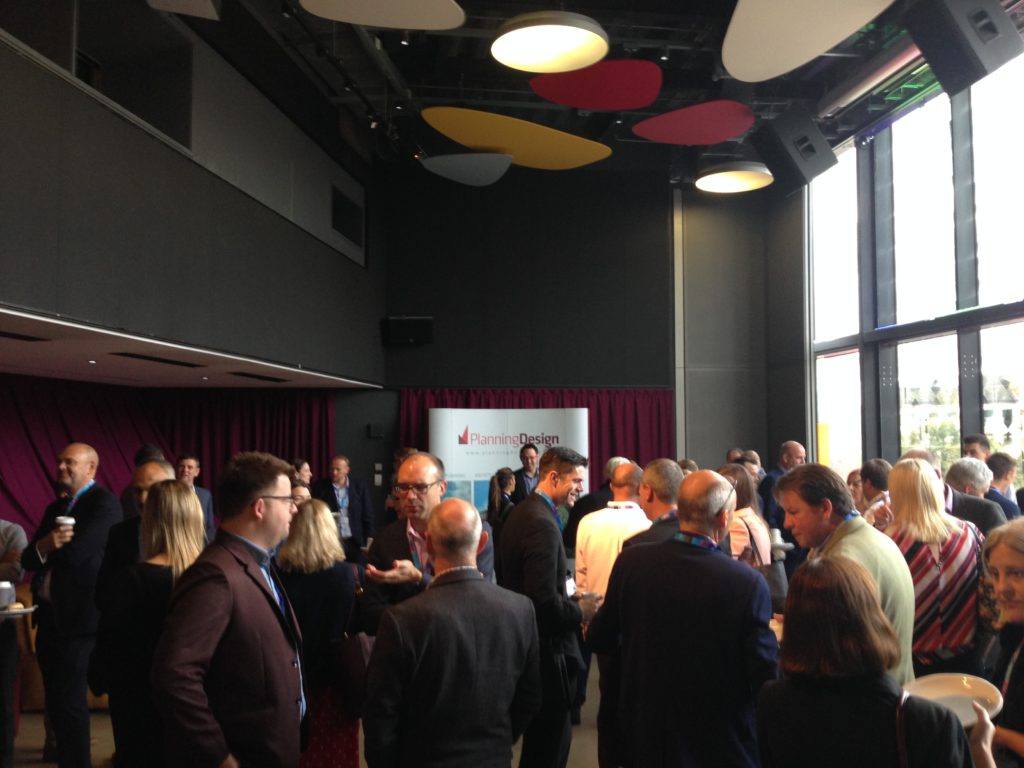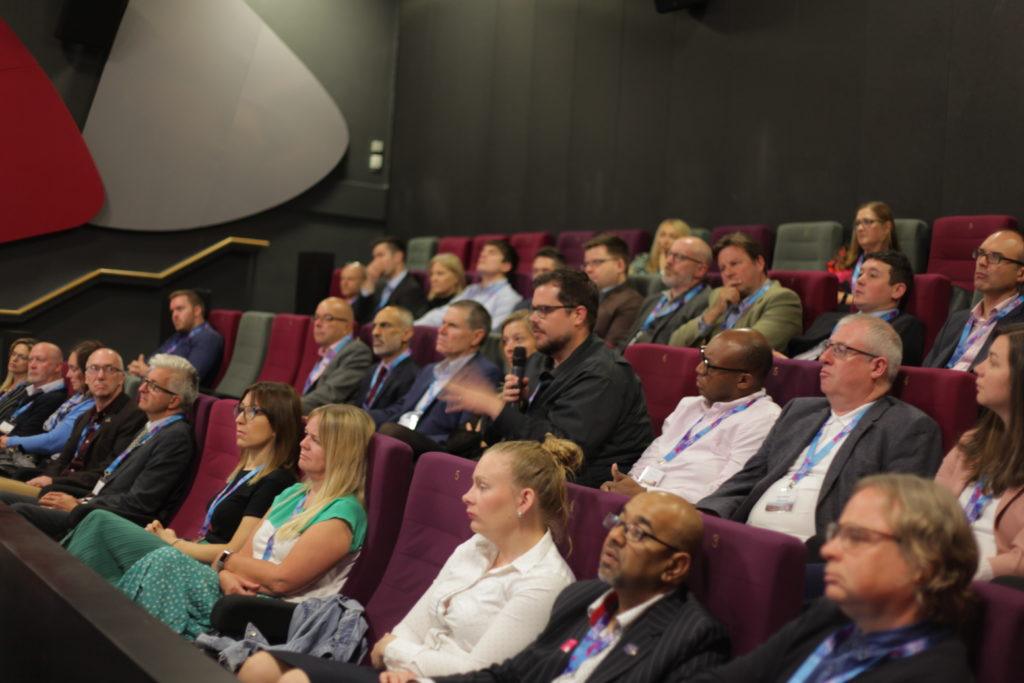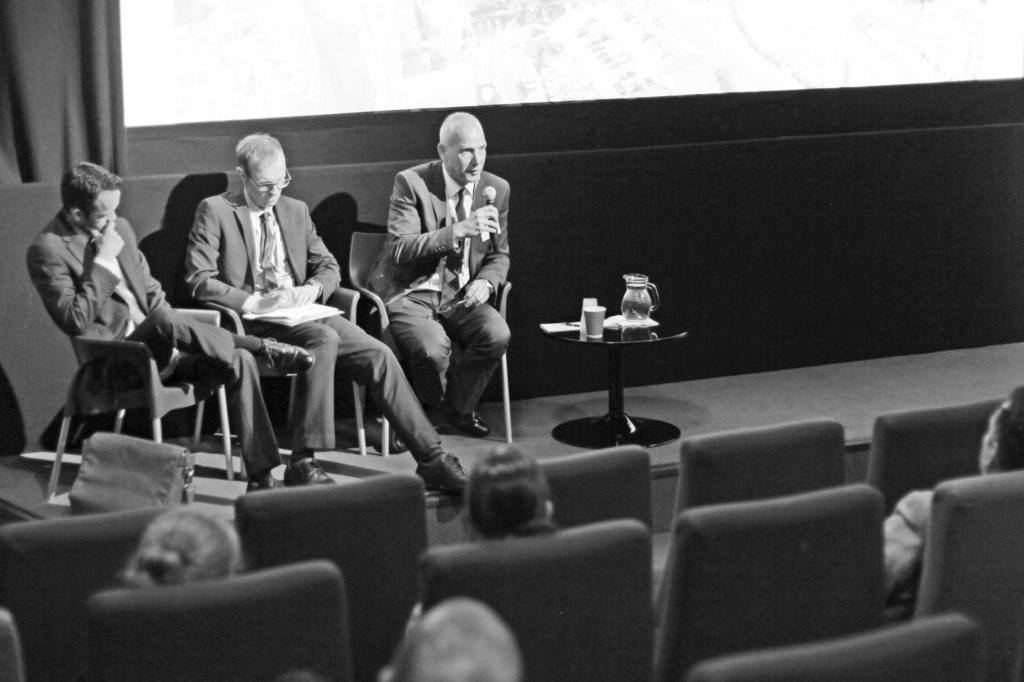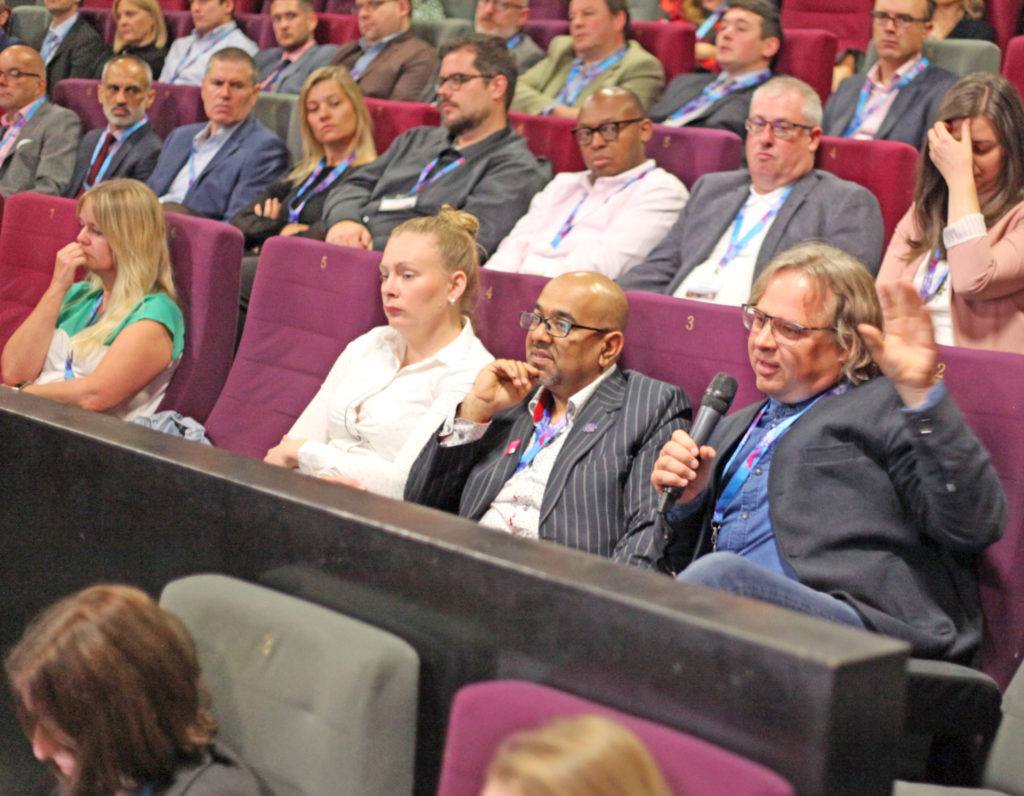What to do with a massive mill complex left over from the Industrial Revolution? Our Heritage Consultant Ruth Gray looks at how careful ownership can be the key to a building’s successful re-purposing and create a 21st century asset, capitalising on the new industries of leisure and tourism.
The North and East Mill set on Derbyshire’s Derwent River on the edge of town was Belper’s beating heart since the 18th century until finally the last workers left as the textile industry and the building itself could finally no longer feasibly function.
All over the country and indeed world there are huge complex buildings that were built for specific industries that lie empty awaiting an alternative use. But finding that use is a long and drawn-out process, and we all know of sites that become derelict eyesores while we wait for the various stakeholders to come together to find a solution. Meanwhile the general public look on in bewilderment as a building literally crumbles before their eyes and in the case of the East Mill in Belper Peregrines make a home, vegetation takes hold causing the bricks to tumble and the doors to seize up from the damp. It’s a sad sight for the towns people.
The added complication is that the North and East Mill in Belper lie within the UNESCO Derwent Valley Mills World Heritage Site and the North Mill is Grade I listed, and the East Mill is Grade II listed it is a highly significant site. Finding the optimal viable use for such buildings is crucial in order to retain them for future generations as well as to continue to tell the story of the place that helped develop the international cotton industry with unique methods and inventions.
Salts Mill – an example of what to do
Positive ownership is the key to saving these buildings it is crucial and the only way to make the difference. Often a project is so complex it takes an alternative route to kick start the process. As a case study Salts Mill in Saltaire is a comparable example of a large mill complex in a WHS that has kickstarted the rejuvenation of Saltaire bringing prosperity via culture. Jonathan Silver was an entrepreneur from Bradford he bought Salts Mill in 1987. The mill was in a dilapidated state, but Silver could see the building’s potential, and transformed it.
But he didn’t do it all at once he did not have a blueprint. He did the following:
- The only masterplan he ever had (a shopping mall plus marina) was quickly dropped.
- Architect Rod Hackney advised him not to be in a hurry to let space at Salts, but to wait for quality clients. Silver heeded this advice.
- He accepted a suggestion to start off by putting on theatrical events by the IOU company and Opera North. He believed regeneration can start from any point, no matter how small. It does not have to be large-scale.
- Wherever possible he avoided committees, red tape, bureaucracy, which he said impede decisive decision-making.
- He went for quality, didn’t cut corners and wasn’t afraid of allowing someone to make a profit from his enterprise.
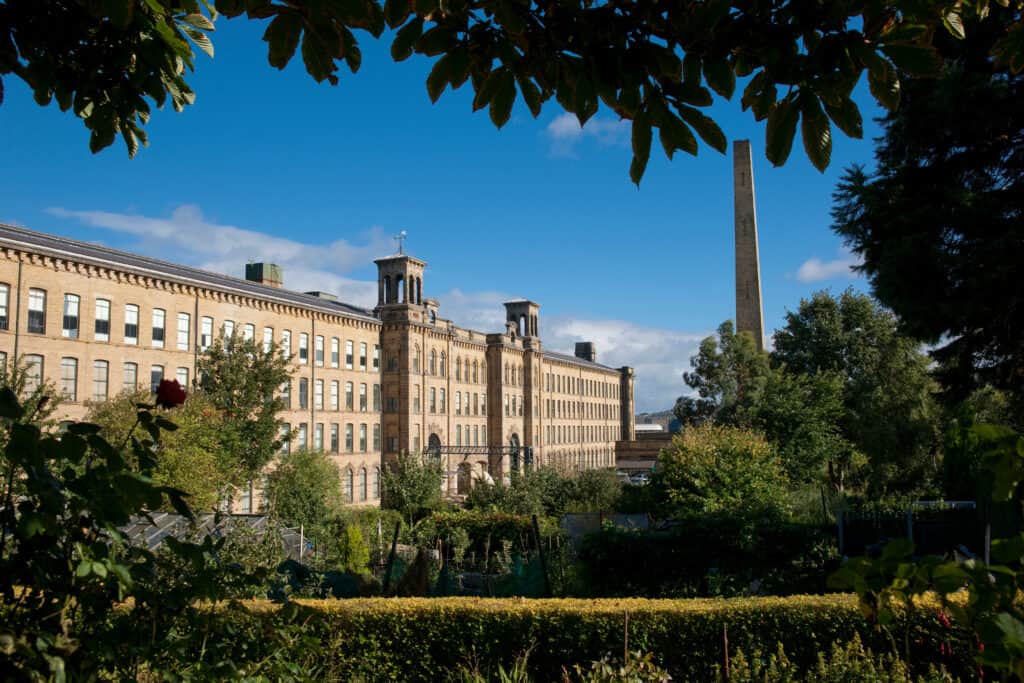
Cromford Mill further up the valley are in the process of achieving a similar outcome to Salts Mill the Arkwright Society has taken the long road working step by step to save the important buildings and build sustainability through a mix of events and business tenants.
For the Belper Mills there are two live planning applications, AVA-2018-0818 and AVA-2018-0819. 0818 is the main application and covers works proposed to the East Mill, North Mill, Workshops, Strutt House and the Archway Bridge/Gangway over the road. Five years since they were first submitted its still ongoing. Privately owned and mired in bureaucracy there is not a lot that the general public can do but wait. Although buildings such as these do not have time to wait, they are like critically ill patients that need immediate attention and careful custodianship.
Further Reading:
1: Legacy showed the way ahead for regeneration
2: New drive to save historic Belper Mills after years of problems
Main Image: Ruth Gray Images
